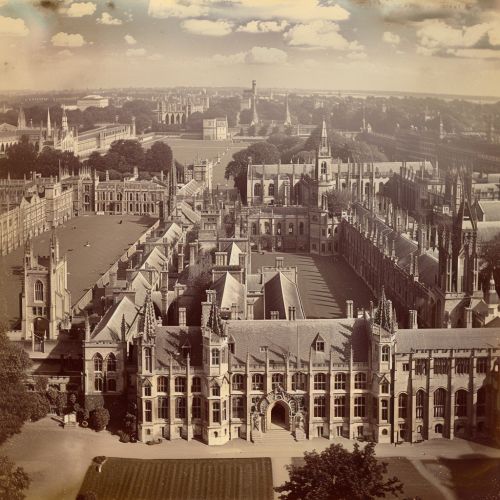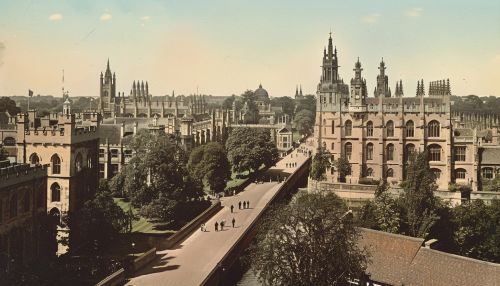Louis Mordell
Early Life and Education
Louis Joel Mordell was born on 28 January 1888 in Philadelphia, Pennsylvania, United States. His parents were Jewish immigrants from Latvia. At a young age, Mordell moved with his family to England, where he spent the majority of his life. He attended the Manchester Grammar School, where he developed a strong interest in mathematics.
Mordell continued his education at the University of Cambridge, where he studied at St. John's College. He graduated in 1910 as a Senior Wrangler, the top mathematics undergraduate at the university. Mordell then pursued his doctorate under the supervision of the renowned mathematician Godfrey Harold Hardy. His dissertation, titled "On the Rational Solutions of the Indeterminate Equations of the Third and Fourth Degrees", was completed in 1913.


Career and Contributions to Mathematics
After completing his doctorate, Mordell held a series of academic positions. He first worked as a lecturer at the University of Manchester, where he remained until 1920. He then moved to the University of London, where he served as a professor of mathematics until 1923. Mordell then returned to the University of Manchester, where he served as the Fielden Professor of Mathematics from 1923 until 1945.
Mordell's work primarily focused on the field of Number Theory, particularly in the area of Diophantine equations. His most significant contribution to mathematics is the Mordell-Weil theorem, which he developed in collaboration with André Weil. This theorem states that the group of rational points on an elliptic curve is finitely generated. This was a major breakthrough in the study of elliptic curves and has had far-reaching implications in the field of number theory.
Mordell also made significant contributions to the study of Algebraic Geometry. His work in this area focused on the properties of algebraic curves and their intersections. He developed the concept of the Mordell curve, a specific type of algebraic curve that has been widely studied in the field of algebraic geometry.
Later Life and Legacy
Mordell retired from the University of Manchester in 1945 and returned to the University of Cambridge, where he served as the Sadleirian Professor of Pure Mathematics until his retirement in 1953. He continued to contribute to the field of mathematics until his death on 12 March 1972.
Mordell's contributions to the field of mathematics have had a lasting impact. His work on the Mordell-Weil theorem and Mordell curves continues to be a major area of study in the field of number theory and algebraic geometry. His work has also influenced many other areas of mathematics, including the study of Elliptic Functions and Algebraic Number Theory.
